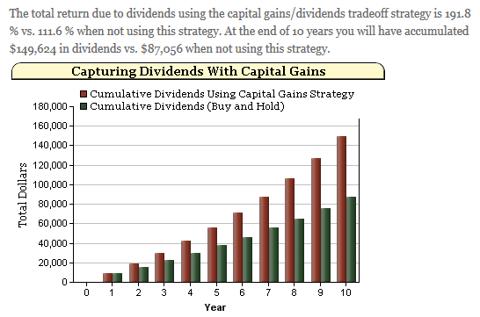Peyo Peev, for Business to Community writes: Payroll software provides a great number of benefits to its users. It
is especially useful to small businesses. Payroll software helps
businesses maintain pay records and track tax deductions by directly
importing data from time-sheets. It assists in processing payroll
quickly and efficiently. This way, small businesses can easily handle
their finances including operating costs and staff budgets efficiently.
In addition to this, you can also increase the morale of your staff by
eliminating payment delays and human errors in the payroll process.
Payroll software packages are either third party or proprietary programs that are connected to a network along with accounting software. The software can be tweaked to suit your needs. Here are some of the benefits of using a payroll software.
Simple Procedures
The
biggest advantage of a payroll software is that is brings order to the
chaos that is called as payroll processing. You can easily update all
the details about your staff and create a database where you can
categorize them according to their pay. For small businesses, hiring a
professional HR personnel can be difficult and in such cases, a payroll
software can be used to keep track of activities such as staffing
history, outgoing payment and so on.
Calculate deductions easily
One
of the most challenging aspects of payroll is calculating complex tax
or any other deductions. Calculating tax deductions is also a place
where a maximum number of errors take place. Any mistake in calculating
tax deductions can also lead to penalties and fines later. But once a
payroll software package has been set up, you can simply update to the
database all the deductions from an employee’s payroll. A payroll
software usually comes preloaded with all the tax rules and regulations
pre-loaded making your job easy and simple as all you need to do is
enter the values.
Make accurate forecasts
Another
aspect that often leads to problems when not done properly is budget
forecasts. The effect simply gets compounded in the case of small
businesses. But a payroll software can help you manage forecasts and in
some cases even generate forecasts for the next quarters. The
information derived from the software can later be used to make better business decisions and help your company grow.
Track employee information
In a small business,
keeping track of employee information can be a tough task. But when you
use software to store information such as performance review data,
feedback reports and other information, you will be able to access it
instantaneously. It can also help you keep track of certain deductions
due to absence, sickness and so on. In many cases you can even automate
the process.
Build a better reputation
Small
businesses often suffer from lack of professionalism. One of the biggest
challenges that they face is employee retention. A slight delay in
giving the paycheck or a fumble with the tax deductions can lead to
lowered employee morale. Many may even seek for employment elsewhere in a
more established company if they feel that there are not being treated
professionally. The problem simply aggravates when you expand. By using a
payroll software, you can eliminate almost all of these pitfalls and
your small business can function efficiently and professionally right
from day one leading to a good reputation in the industry.

